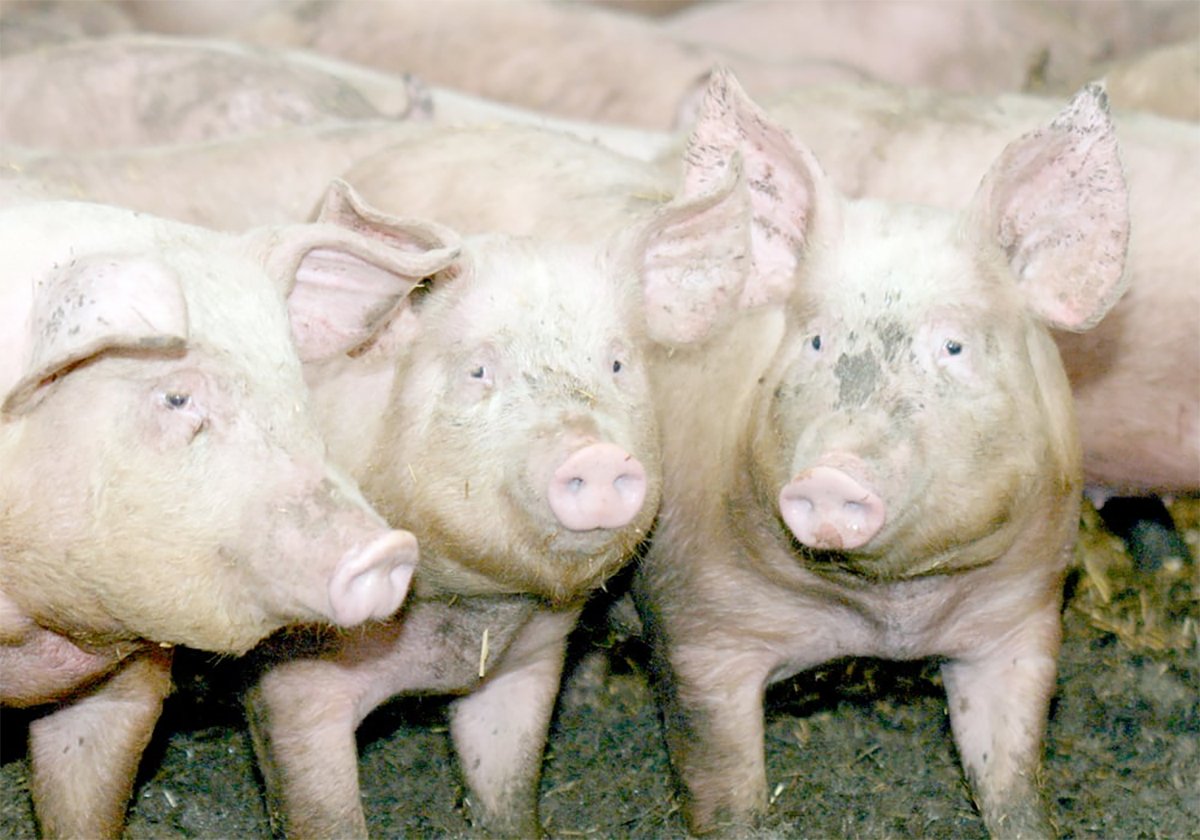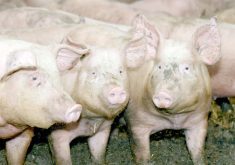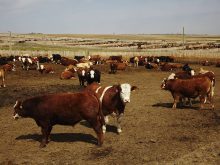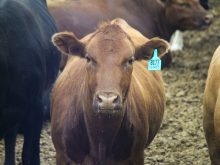Alberta’s dream of massive agricultural expansion could be held back by environmental costs.
The government is releasing a study later this fall that examines which areas of the industry have the most potential to expand and where markets may be found for the products. In addition, the study will analyze the impact of such expansion on the land, air and water.
“This will paint some scenarios, some possibilities of what expansion might look like,” said Brian Colgan, chair of Alberta Agriculture’s environmentally sustainable agriculture committee.
Read Also

The Western Producer Livestock Report – November 13, 2025
Western Producer Livestock Report for November 13, 2025. See U.S. & Canadian hog prices, Canadian bison & lamb market data and sales insights.
“It’s part of our vision of achieving a $10 billion primary and $20 billion value-added sector by the year 2000,” said Colgan.
The study, conducted by an Edmonton consulting firm, will examine various scenarios and evaluate the effects on the environment. Colgan didn’t know if the study will be released to the public.
Environmental effects
If it appears the greatest potential for Alberta is in livestock, the government wants to know more about what kinds of feed grains must be grown, the effects on water supplies, manure disposal or other environmental concerns that might arise.
The study should help the department prepare for possible problems before they happen.
The study should identify environmental issues like public health and air and water quality. Air quality includes studying emissions from processing plants, greenhouse gases, climate changes and odor problems. Water quality looks at the effects of pollution in ground and surface water in lakes, streams and rivers.
They also want to know what effects increased crop production will have on the soil, with wider use of chemicals to control weeds and more fertilizers to encourage plant growth.















